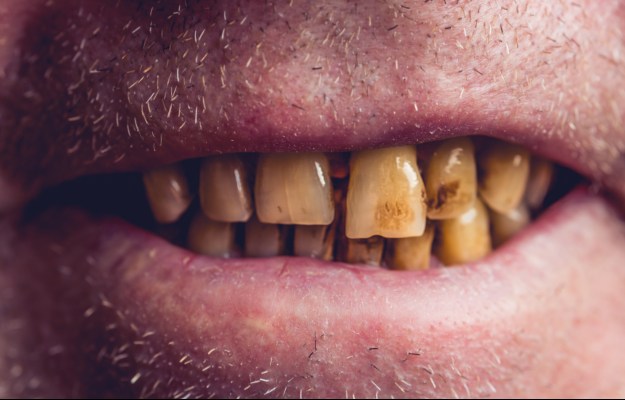Every cigarette packet comes with a clear warning: "smoking kills". Yet, according to the World Health Organization's Global Adult Tobacco Survey 2017 India Report (GATS), 99.5 million people in India currently smoke tobacco. To break this up by gender, 19% of India's male population and 2% of India's women smoke.
There are three different types of smokers:
- Light smokers, who smoke fewer than 10 cigarettes per day.
- Heavy smokers, who smoke one pack a day or more.
- Average smokers, who fall in-between the light and heavy categories.
Smoking carries a risk of heart disease, stroke, coronary artery disease as well as oral cancer, throat cancer, oesophagal cancer and cancer of the other vital organs.
It is never too late to quit smoking. All you need to do is make a firm decision about quitting. Cigarettes contain an addictive substance called nicotine - nicotine therapy and continuous counselling act as an aid to deal with the withdrawal symptoms of smoking cessation.
Some types of yoga asanas like the cobra pose, shoulder stand pose and the use of natural ingredients like ginseng and liquorice (mulethi) are also said to help you quit smoking, though there isn't sufficient research to back these claims.








































